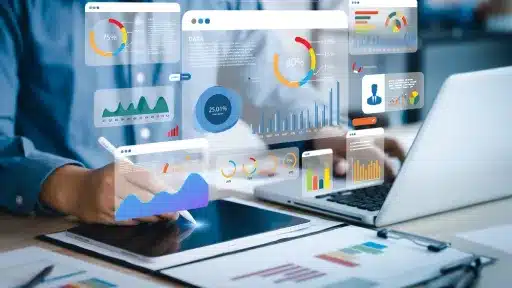Understanding the VAT reverse charge explained is crucial in today’s complex financial landscape. With businesses navigating evolving tax regulations and tightening compliance requirements, mastering this concept is essential to avoid costly mistakes and ensure smooth transactions. This article unpacks the VAT reverse charge mechanism, highlighting why it matters and how it impacts your business.
What is VAT Reverse Charge Explained?
The VAT reverse charge is a tax mechanism where the responsibility to account for Value Added Tax shifts from the seller to the buyer. Instead of the supplier charging VAT on their invoice, the buyer declares both the input and output VAT on their VAT return.
How Does It Work?
In a typical VAT transaction, the supplier collects VAT and remits it to the tax authorities. However, under the reverse charge system, the buyer handles the VAT accounting, simplifying cross-border or specific domestic transactions and reducing VAT fraud risks.
When Is the VAT Reverse Charge Applicable?
The VAT reverse charge applies in specific scenarios such as:
- Cross-border sales of goods and services within the EU to VAT-registered businesses
- Transactions involving construction services under the domestic reverse charge
- Sales of mobile phones, computer chips, and other goods prone to VAT fraud in some jurisdictions
- Supplies where legislation explicitly requires reverse charge treatment
Why Does the VAT Reverse Charge Matter?
The VAT reverse charge explained is important because it helps combat VAT fraud schemes like missing trader fraud, where a supplier charges VAT but disappears before paying the tax to the authorities. By shifting VAT responsibility to the buyer, governments reduce the opportunity for abuse.
For businesses, understanding and implementing the reverse charge correctly ensures compliance, avoids penalties, and streamlines VAT reporting.
Benefits of the VAT Reverse Charge
- Reduces VAT fraud: Minimizes fraud risks by removing the need for certain suppliers to collect VAT.
- Improves cash flow: Buyers reclaim VAT at the same time, usually resulting in no net cash flow impact.
- Simplifies audit trails: Clearer allocation of VAT responsibilities benefits both businesses and tax authorities.
Challenges of the VAT Reverse Charge
- Requires accurate accounting and understanding of applicable transactions
- Potential for mistakes if businesses incorrectly apply the reverse charge
- Additional training and system updates might be needed to manage compliance
How to Apply the VAT Reverse Charge Explained in Your Business
To apply the VAT reverse charge correctly, follow these practical steps:
- Identify qualifying transactions: Check which goods or services are subject to the reverse charge within your jurisdiction.
- Verify VAT registration: Ensure the buyer is VAT-registered and eligible to apply the reverse charge.
- Invoice correctly: The invoice must state that the VAT reverse charge applies and no VAT is charged by the supplier.
- Accounting entries: Buyers should account for VAT output and input on their VAT returns simultaneously.
- Maintain documentation: Keep thorough records to demonstrate compliance for tax audits.
Consulting with a VAT expert or tax authority guidance can clarify specific applications and prevent costly errors.
Conclusion
The VAT reverse charge explained reveals an essential tax mechanism designed to curb fraud and improve VAT administration. For businesses, mastering this concept ensures smoother transactions and regulatory compliance in a rapidly evolving fiscal environment. Carefully identifying applicable transactions, accurately invoicing, and maintaining good accounting practices are key to effectively implementing the VAT reverse charge.
Stay informed and proactive to leverage the benefits of the VAT reverse charge and safeguard your business against VAT-related risks.


